11 of the best things to do in Spain
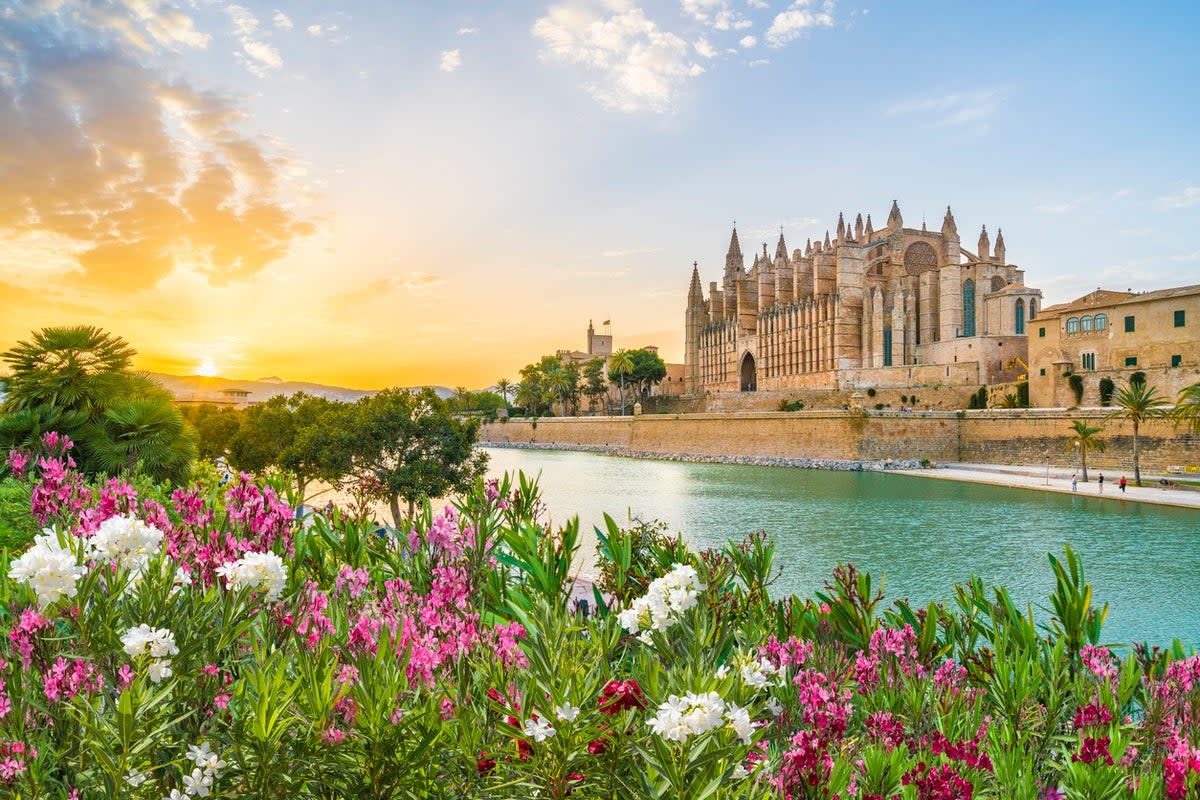
With over 70 million foreign tourists visiting Spain in 2022, the world is well-aware of the wonders contained within this captivating country.
From pristine beaches to an exceptionally diverse cuisine, the staples of what makes Spain a great tourist destination are no secret.
But this Mediterranean marvel is far more than the beaches and parties of Ibiza or the old towns of cities like Seville. Even the most regular tourist haunts contain hidden delights if you dig deep enough, whether that means exploring Catalan culture in Barcelona or visiting Valencia during the biggest festival of the year.
There are plenty of off-the-beaten-path options too, whether you’re a foodie who wants to discover the best of Basque cuisine or an adventurer who wants to combine winter sun with dramatic volcanic landscapes.
Choosing where to go and what to see can be a daunting task in a country with such a dizzying array of things to do. To help you out, we’ve rounded up some of the best below.
Discover arts, culture and history in the capital
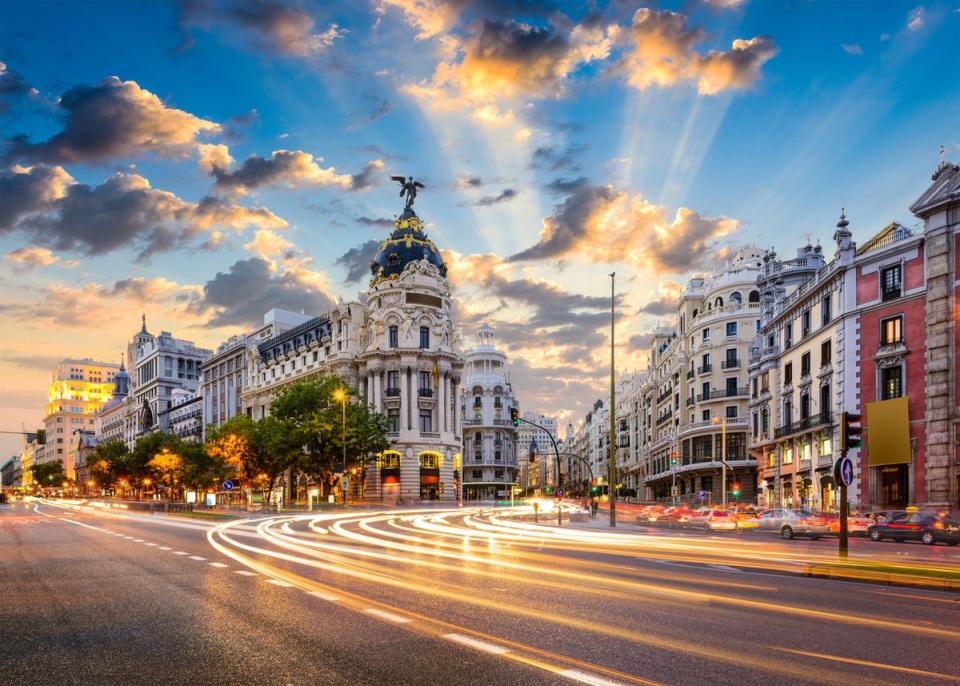
Like many capital cities, Madrid is one of the main bastions of its country’s culture, where the most important parts of its history and traditions converge. The city exhibits many of Spain’s most famed cultural exports, from the proliferation of tapas bars to cosy flamenco venues, while also brimming with the best of the country’s museums, galleries and tourist sites.
To cover as much of this culture and history as possible in one visit, start at the National Archaeological Museum before visiting the two main art galleries, the Reina Sofia and the Prado, which house works from Spain’s most beloved artists, including Picasso, Dali and Goya. Leaving the Prado, you’ll be close to the Retiro park – a sprawling green space frequented by locals and tourists alike – and just 20 minutes away from the Plaza Mayor, the 17th-century square that is still a focal point of the city. Finish your tour with a walk around the Royal Palace, the largest in Europe.
From here, eat like a local at the glass-fronted Mercado de San Miguel – where plenty of madrilenos grab a quick lunch of mini paella, croquettes or empanadas – or the Sobrino de Botin, labelled as the world’s oldest restaurant by Guinness World Records.
Away from the attractions, make an effort to explore the neighbourhoods too, from youthful Malasana to the equally trendy, if perhaps more sophisticated, Chueca. To round off your cultural immersion, try and attend an evening flamenco show or a football match at the Bernabeu, home to Real Madrid.
Read more on Spain travel:
Spain travel guide: Everything you need to know before you go
Zaragoza city guide: Where to eat, drink, shop and stay in Spain’s hallowed heartland
Embrace Catalan culture in Barcelona
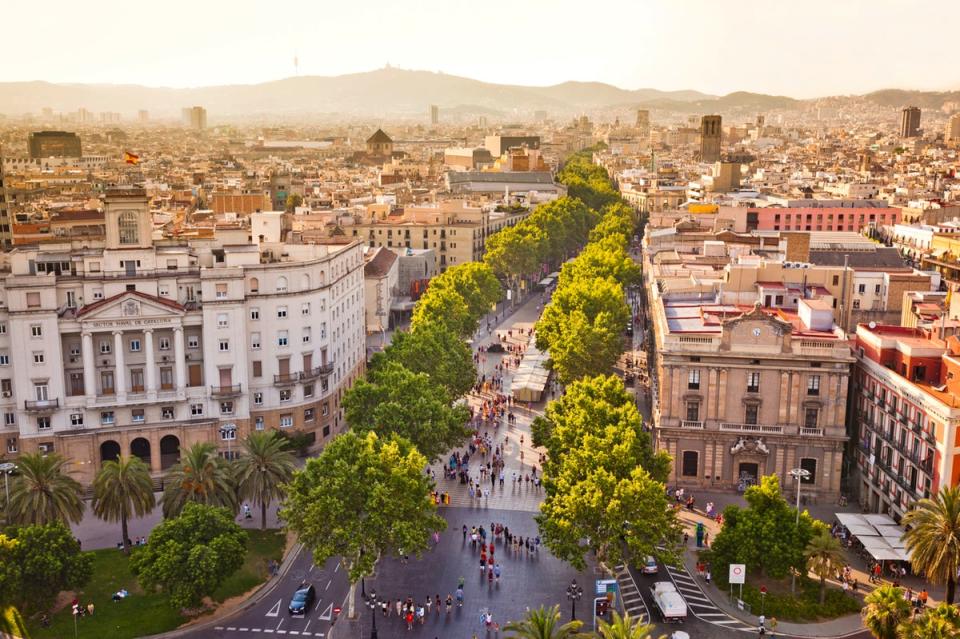
Barcelona remains an unapologetically ‘different’ Spanish destination. Though its parks, beaches and best neighbourhoods are well-documented, the fusion of Spanish influences and traditional Catalan values has created a distinct culture which makes it an especially great place to visit.
Take in the best of Catalonia with a self-guided tour of the city, admiring the eclectic modernisme buildings of Gaudi, which have come to characterise Barcelona (such as the Sagrada Familia), or the works of the region’s most beloved artists, Picasso, Dali and Joan Miro, at the Picasso Museum and Museu Nacional d’Art. Dip back into Spain by eating alfresco tapas in El Born or at a beachside chiringuito bar, and return to Catalonia on either a guided walking tour or a simple stroll of the Gothic Quarter, where the seat of government is located.
If you can plan ahead, visit during the annual La Merce festival in September, where dozens of stages across the city hosts cultural performances and the human towers of the castellers can be seen in the main squares.
Sample the pintxos of San Sebastian

San Sebastian’s claim to fame is its high concentration of Michelin stars – its tourism website states that only Kyoto has a greater concentration per square kilometre. And while the city’s total of 19 stars is admirable, the general standard of food, from the bars to the European restaurants, is equally impressive.
For foodies or the uninitiated, a tour of San Sebastian’s pintxo bars offers an affordable way to sample the various components of the local cuisine while also treating your tastebuds to some of the most varied, delicious dishes available in Spain.
The Basque Country’s most celebrated culinary creation, pintxos are an altered form of tapas consisting of small bits of food on bread and pierced with a toothpick. Often sold for as little as €1 each, they are a tasty, inventive way to eat a small meal, with Spaniards regularly visiting for lunch, dinner or a pre-meal snack consisting of anything from sheep’s cheeses to Spanish tortilla or marinated anchovies and beef cheek.
Attend Las Fallas in Valencia
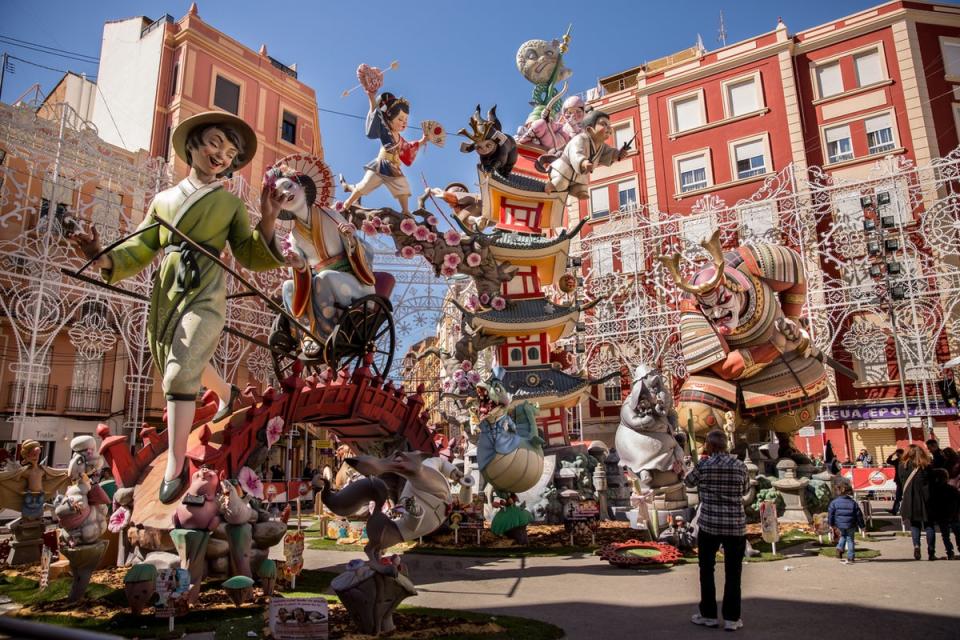
Valencia’s most important festival is held every year from 1 to 19 March. The event was originally celebrated to mark the arrival of spring, though now, according to Unesco, it is also a celebration of the city’s long-held affiliation with silk. Much of it also celebrates the city and its people, with everyone taking part and helping to create a jovial, festive atmosphere that makes mid-March the best time to visit the city.
The highlight of the festival is the variety of giant Fallas monuments. These intricate structures often depict recent events or related pubic figures, usually in a satirical or less-than-flattering light, and can reach up to 20 metres tall. At the height of the festival there are around 700 dotted throughout the city, and between 15 and 19 March they are fully erected, paraded and eventually burned.
Visitors to the city can expect to see much of what makes Valencia such an attractive destination, just on a far larger scale. While the daily mascleta ‘concert’ – mainly consisting of gunpowder explosions – is unique to the festival, the late-night partying, alfresco dining in the squares and the days spent by the beach are just staples of Valencian life.
Visit the Canaries for Spain’s most striking natural landscapes
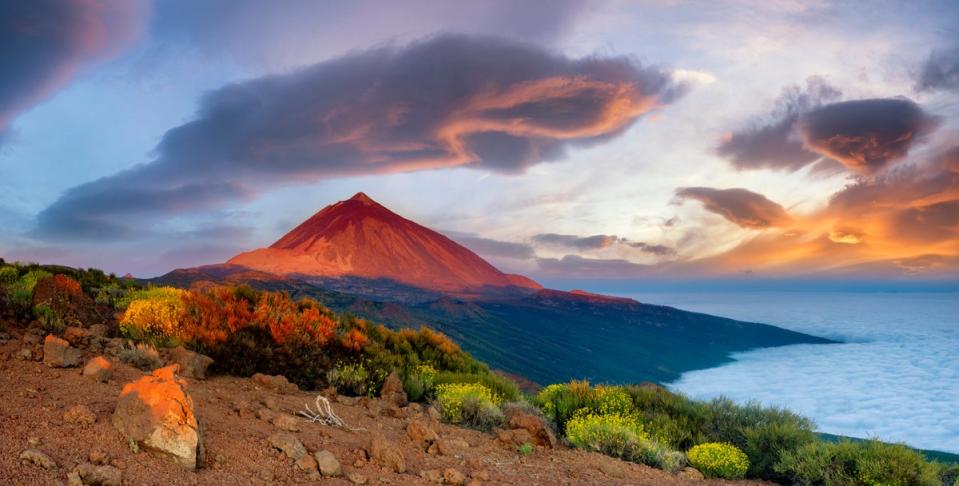
Though mainland Spain is replete with magnificent natural sites, this small archipelago in the Atlantic may hold the best of its natural landscapes. The Canaries are located around 100 miles of the coast of Morocco, with a climate and terrain that makes them one of Spain’s best holiday destinations. Sun is guaranteed throughout the year – with December highs hovering around 22C – with the volcanic nature of the islands providing a beautiful range of national parks, hiking trails, mountains and beaches.
Lanzarote and Tenerife are two of the most popular holiday islands. The latter is home to Mount Teide – Spain’s highest peak – and its national park, an area of rugged red rock that includes 41 marked walking trails. The former is an island that is almost completely characterised by volcanic activity, from its black sand beaches and lava fields to the picturesque coastline of Los Hervideros. Timanfaya National Park is a highlight here, with an evocative landscape composed of arid volcanic soil.
Explore Moorish influence and Spanish tradition in Andalusia
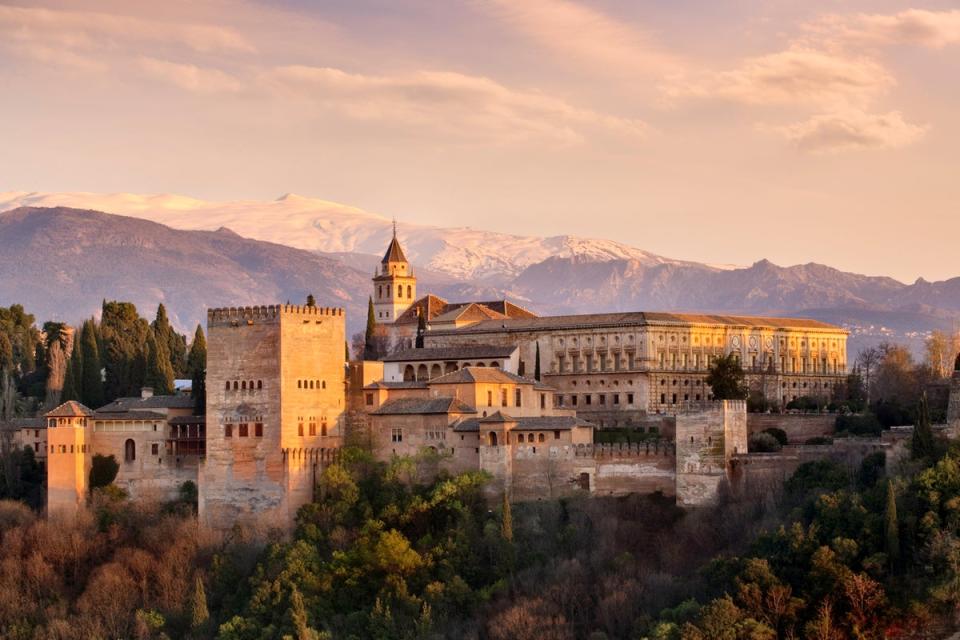
Andalucia has come to symbolise much of what a tourist might think about when picturing Spain: traditional cities like Seville, activities including flamenco and bullfighting and the beaches of the Costa del Sol. What may be less known, however, is that much of this region – from its name to its most famed landmarks – is underpinned by the influence of the Moors.
Modern-day Andalucia is a meeting point for Islamic influences and several of Spain’s most celebrated traditions, so a visit to the region combines plenty of history with an authentic showing of modern-day Spain. Seville draws tourists with its impressive cathedral, the Moorish Alcazar and the 1920s expo-inspired Plaza de Espana, plus evening flamenco shows. Malaga is perhaps the most popular with tourists, who come for its great beaches, historic monuments and generally relaxed pace of life.
Further to the east, Granada contains one of Spain’s historic marvels. The palace and fortress complex of the Alhambra is one of Spain’s true treasures, an enduring reminder of the country’s past that still features its original 13th-century citadel, a series of palaces, several courtyards and dozens of intricately designed geometric and water features.
The bars, beaches and barrios of the Balearics
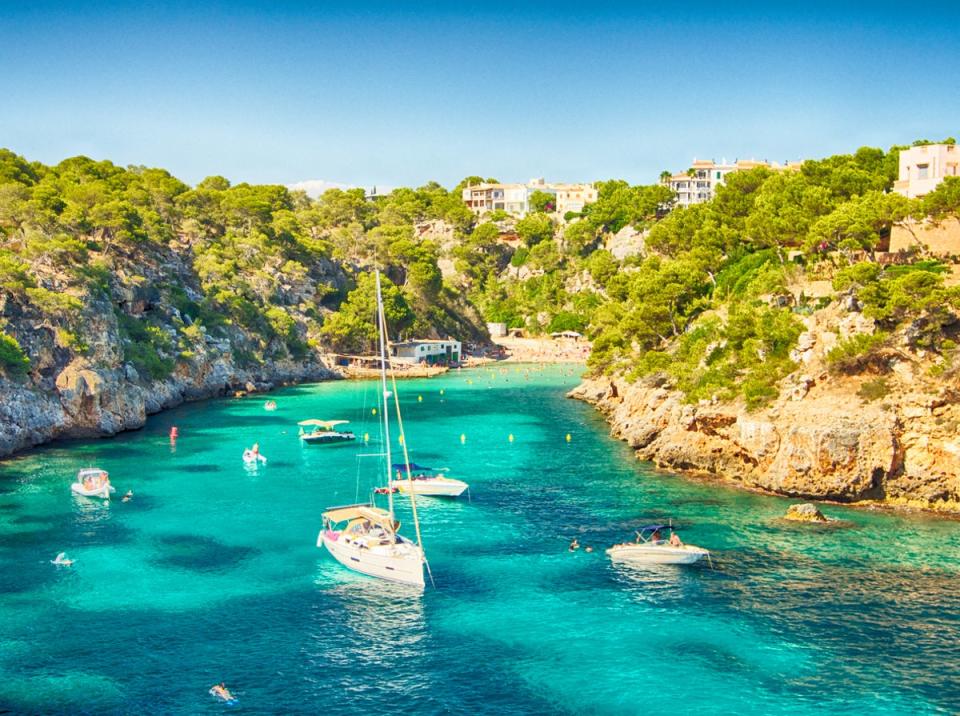
The Balearic Islands have long been a British tourist favourite. Ibiza remains a sought-after destination for party-goers, but an increasing number of high-end resorts, relaxing retreats and alternative activity options means that parts of the island have managed to forge a reputation as laid-back options for couples and families. Part of the attraction lies in the lesser-known natural areas, from the coast and cliffs of Cala Jondal to the northern countryside and the mountains of the southwest.
Perennially popular Mallorca continues to provide everything you could want from a summer holiday, with beautiful and blissfully quiet beaches and coves. The city of Palma, fronted by its magnificent Gothic cathedral, is well worth a visit, and an array of port towns, including Pollenca and Port Soller, are arguably just as enchanting.
Menorca is often overlooked in favour of its bigger neighbours, but this island has a more relaxed pace of life, with miles of unspoilt coastline surrounding pine forests, gentle hills and low valleys. Beaches are a highlight, with a series of hiking routes, bike paths and vineyard tours alongside a series of whitewashed towns and the major centres of Ciutadella and Mahon.
An alternative festival at Aste Nagusia in Bilbao
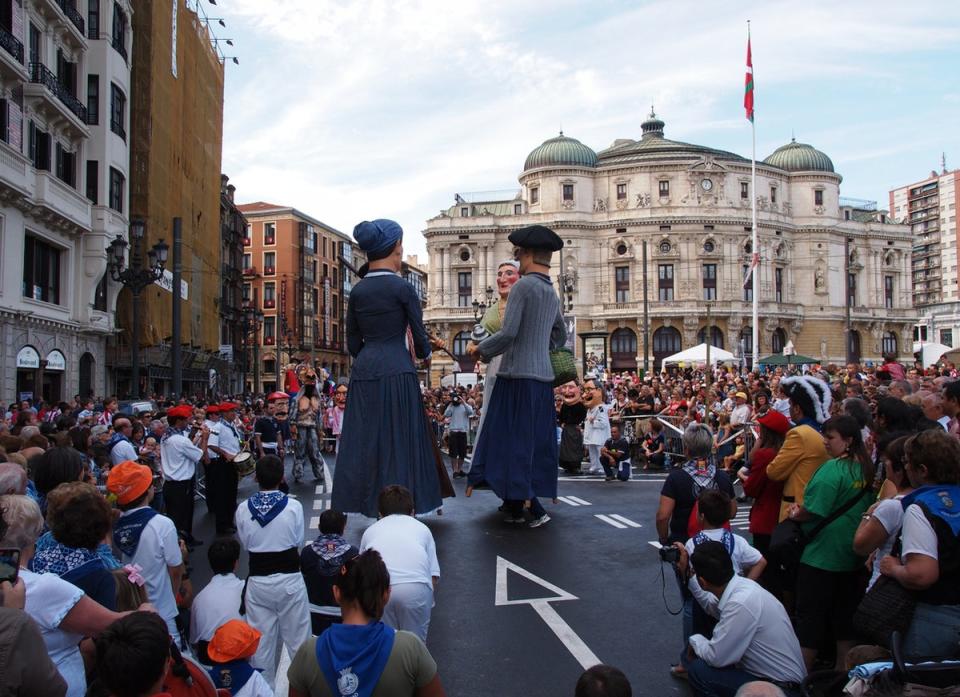
Bilbao’s premier festival is officially a celebration of Basque culture, but make no mistake – this is the biggest party of the year.
The celebrations are unique in scale and liveliness, with seemingly every single resident joining in with parties that last until the early hours from 17 to 25 August. And though it is not uncommon to see partygoers stumbling home long past dawn, the celebrations have a distinctly laid-back, welcoming feel to them, with the rows of stages in the city centre hosting various musical, theatrical and cultural performances and the streets of the Old Town filled with every member of the family.
A highlight is the incredible nightly firework show, put on by competing ‘teams’ from around Europe. By day you’re welcome to explore the rest of the city, from the world-famous Guggenheim to the incredible food of the Ribera Market.
Take a coast-to-mountain road trip
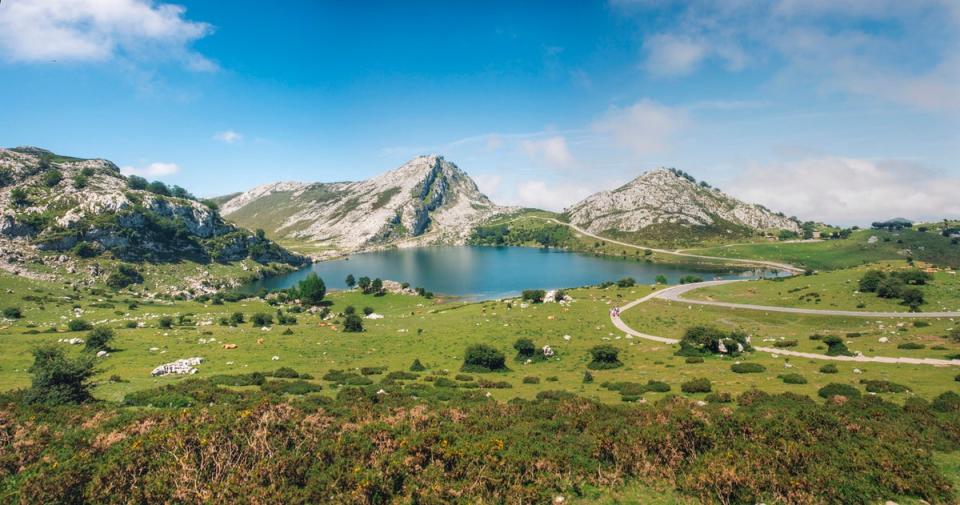
Much of the northern section of Spain remains unexplored by most tourists. These regions, including the Basque Country, Asturias, Galicia and Cantabria, offer dozens of opportunities for an affordabe, accessible road trip that takes in delightful coastal areas, idyllic fishing villages and some of Spain’s best mountain scenery.
If coming from the UK, you will likely arrive in the city of Santander. From there, head west towards Oviedo, the Asturian capital, and the pretty coastal towns of Cudillero and Llanes.
Be sure to save time to loop back to the Picos de Europa. This beautiful region, filled with placid lakes and towering peaks, has plenty of opportunities for outdoor activities in summer, and offers a choice of large, well-equipped camp sites for a great-value holiday. Quaint towns like Potes and Cangas de Onis are delightfully rustic, but you can avoid them entirely if you want to stick to nature.
Upon leaving the Picos, you’ll be around two-and-a-half hours from Bilbao, meaning you can also fit in the two main Basque cities if you have time.
Sample the best wines of the Rioja region
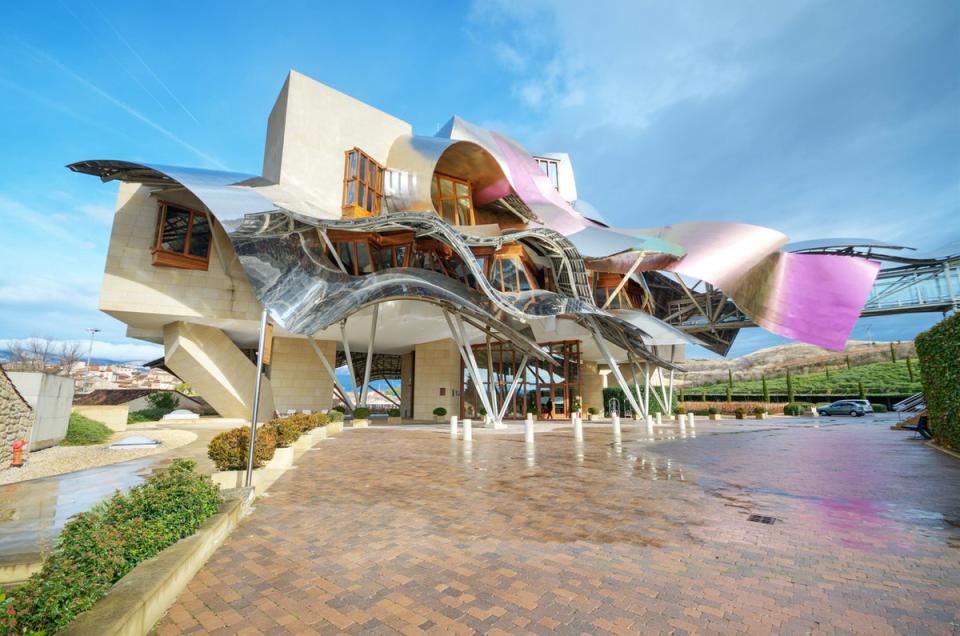
Spain’s most famed wine-producing region is much more than tempranillo grapes and fruity vinos, despite a wine-making heritage that dates back to Roman times. The country’s second smallest region can easily be driven across in the space of a few days, meaning visitors can fit in plenty of bodega tours, wine tastings and trips to towns like Logrono or Calahorra.
Set with the backdrop of the Cantabrian Mountains and among the valleys of the Ebro River, this region is particularly picturesque, with the rolling vineyards complemented by a variety of bodega buildings. Take a step back in time with wineries such as Bodegas Lecea, a series of 16th-century ‘wine caves’, or fast-forward to a dazzling future at Ysios and the Marques de Riscal.
Walk the Camino de Santiago
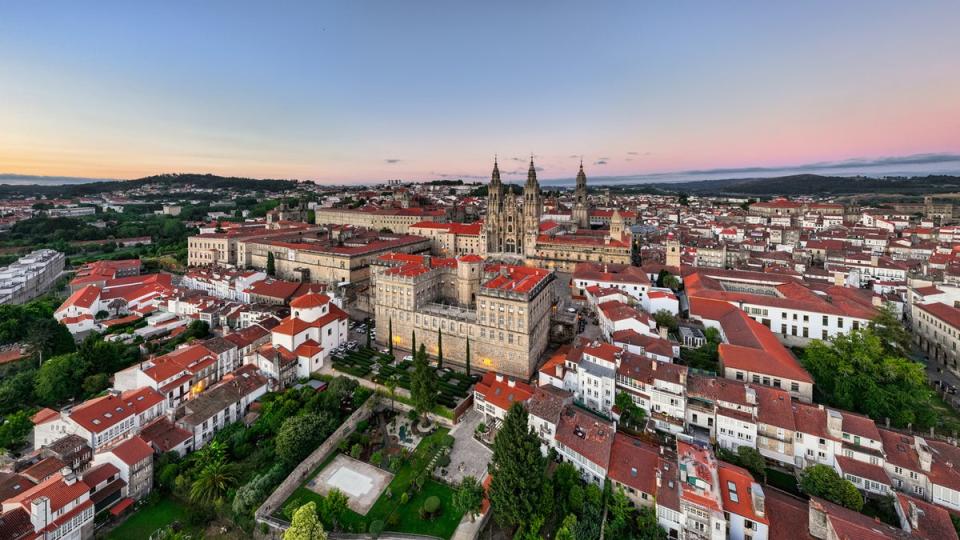
The famed Camino pilgrimage route remains one of the most popular walking itineraries in the world, whether trekking the 373 miles of the Camino Portugues or tackling the more forgiving 71 miles of the Camino Ingles. There are several routes you can take, and each one represents a remarkable physical challenge that also takes you across Atlantic coastlines, verdant hills and fishing ports.
The classic route is the Camino Frances (French Route), stretching for almost 480 miles between St-Jean-Pied-de-Port, in France, and Santiago de Compostela. Many think of this as the quintessential camino, passing through the rugged Pyrenees, the countryside of Rioja and cities including Pamplona and Burgos.
The second most popular route is the Portugues, a more manageable 373 miles that begins in Lisbon, while the Camino del Norte runs for a similar distance along Spain’s northern coast, beginning in the Basque town of Irun.
Read our reviews of the best Spain hotels

